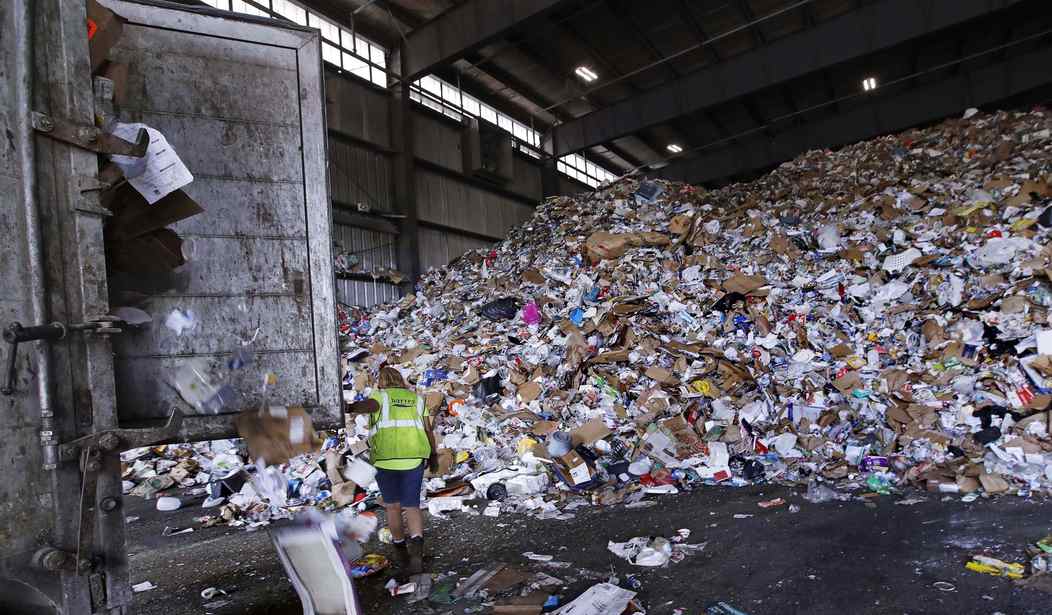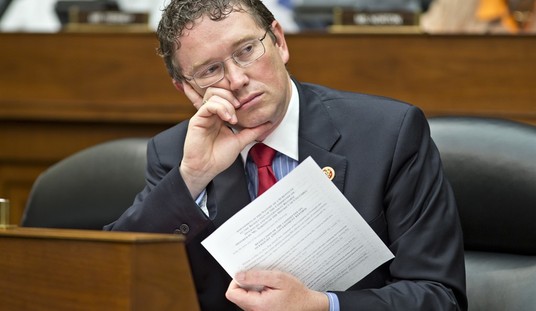Here’s something many of you probably suspected, but now there’s even more scientific data to back it up. A new study from the University of Strathclyde in Scotland has determined that recycling is not only failing to “save the planet” as we’ve long been promised, but it’s arguably producing a net harmful effect on both the environment and human health. In case that still comes as a surprise to you, the primary culprit in all of this is our old friend plastic. The ubiquitous use of various types of plastics in nearly everything humans manufacture or use is producing cumulative negative effects. And recycling really doesn’t work as advertised to begin with. (Free Beacon)
Contrary to what climate activists have claimed for years, plastic recycling is polluting the water and air, a new study has found.
The peer-reviewed study led by Erina Brown, a plastics scientist at the University of Strathclyde in Glasgow, Scotland, found that up to 13 percent of recycled plastics become microplastics, tiny particles smaller than five millimeters that pollute air and water, if wash water from recycling plants is not filtered. Brown and her team studied wastewater at a mixed plastics recycling facility in the United Kingdom and found it could produce up to 6.5 million pounds of microplastic per year.
This has been a pet peeve of mine for a while now and there are several layers to this onion. While the government at all levels insists on mandatory recycling programs for both private and business dwellings, it simply doesn’t work for the most part. Shockingly, on average, less than 10% of the plastic material you put in your recycling bin winds up being recycled. It’s really just the larger soda and other beverage bottles that can be reused. The rest goes into landfills and plastic takes a ludicrously long time to decompose.
The plastic that doesn’t go into the landfills largely winds up making its way into the water and eventually the oceans. There are literally massive islands of plastic trash in the oceans, some the size of continents. Look no further than the Great Pacific Garbage Patch. It stretches from California to Japan. And it’s killing off wildlife in horrific numbers.
And then there is the question addressed in the study I linked to above. The more we learn, the more we find that we’re breaking down plastic waste into tiny “microplastic” particles. They’re everywhere. They get into the water and the food supply and eventually into your body and the bodies of all the animals. The medical dangers of this are well established. Plastic in the body can cause cancer, changes in hormonal activity, reproductive failure, or growth and cognitive impairment.
But what can we do about it at this late stage in the game? I sometimes recount a story of when some friends of ours were playing a party game where everyone had to pick what they would do if they were given a time machine and could travel to any time in the past. Rather than visiting dinosaurs or watching the pyramids being built, I considered saying that I would go back in time and kill the people who invented plastic. But that’s a dumb idea because someone would have simply come along the next month and invented it anyway. It was seemingly inevitable.
But we’re not doing ourselves any favors. Plastic is a disaster, but we still don’t seem to be making any concrete progress in finding something less toxic to replace it. I wish I had some brilliant answers to offer, but I simply don’t see any.








Join the conversation as a VIP Member